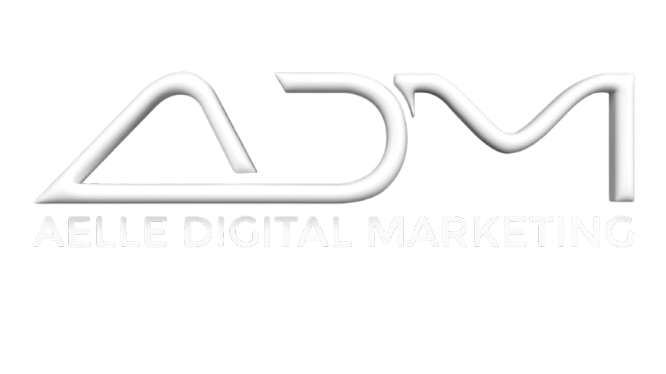In the ever-evolving landscape of digital marketing, staying ahead of the curve is essential for businesses looking to reach their target audience and drive growth. Pay-Per-Click (PPC) advertising is one of the most powerful tools in a marketer’s arsenal, offering a highly targeted and cost-effective way to connect with potential customers. In this comprehensive guide, we’ll explore the ins and outs of PPC advertising and how you can harness its power to achieve your marketing goals.
What is PPC Advertising?
PPC advertising is a digital marketing model in which advertisers pay a fee each time their ad is clicked. It allows businesses to bid on keywords or phrases relevant to their target audience and display ads to users who are actively searching for products or services similar to theirs. Unlike traditional advertising models, where advertisers pay a fixed amount regardless of the ad’s performance, PPC advertising offers a more measurable and results-driven approach.
The Benefits of PPC Advertising
- Highly Targeted: PPC advertising allows you to target your ads to specific demographics, locations, devices, and even the time of day, ensuring that your message reaches the right audience at the right time.
- Cost-Effective: With PPC advertising, you only pay when someone clicks on your ad, making it a cost-effective way to drive targeted traffic to your website and generate leads or sales.
- Measurable Results: PPC platforms like Google Ads and Bing Ads provide robust analytics and reporting tools that allow you to track the performance of your ads in real-time. You can easily monitor key metrics such as click-through rates, conversion rates, and return on investment (ROI), enabling you to optimize your campaigns for maximum effectiveness.
- Quick and Flexible: Unlike traditional advertising methods, which often require lengthy planning and implementation processes, PPC advertising allows you to launch campaigns quickly and make adjustments on the fly. This flexibility makes it ideal for testing different ad creatives, targeting options, and messaging strategies to see what resonates best with your audience.
- Brand Visibility: Even if users don’t click on your ads, simply appearing at the top of search results can increase brand visibility and awareness. PPC advertising allows you to maintain a strong presence in search engine results pages (SERPs) and stay top-of-mind with potential customers.
Getting Started with PPC Advertising
- Set Clear Goals: Before launching a PPC campaign, define your objectives and key performance indicators (KPIs) to measure success. Whether you’re looking to increase website traffic, generate leads, or drive sales, having clear goals will help guide your strategy and optimize your campaigns for maximum impact.
- Keyword Research: Conduct thorough keyword research to identify relevant search terms and phrases that your target audience is likely to use. Use tools like Google Keyword Planner, SEMrush, or Ahrefs to discover high-volume keywords with low competition.
- Create Compelling Ad Copy: Craft persuasive ad copy that grabs users’ attention and entices them to click. Highlight unique selling points, promotions, or special offers to differentiate your ads from competitors and drive engagement.
- Optimize Landing Pages: Ensure that your landing pages are optimized for conversion and provide a seamless user experience. Make sure the landing page content aligns with the ad copy and includes clear calls-to-action (CTAs) to encourage users to take the desired action.
- Monitor and Adjust: Continuously monitor the performance of your PPC campaigns and make adjustments as needed to optimize performance. Test different ad creatives, targeting options, and bidding strategies to identify what works best for your business.
What digital marketing services do you offer?
Lorem Ipsum is simply dummy text of the printing and typesetting industry. Lorem Ipsum has been the industry's standard dummy text ever since the 1500s, when an unknown printer took a galley of type and scrambled it to make a type specimen book. It has survived not only five centuries, but also the leap into electronic typesetting, remaining essentially unchanged. It was popularised in the 1960s with the release of Letraset sheets containing Lorem Ipsum passages, and more recently with desktop publishing software like Aldus PageMaker including versions of Lorem Ipsum.
What is Lorem Ipsum?
Lorem Ipsum is simply dummy text of the printing and typesetting industry. Lorem Ipsum has been the industry's standard dummy text ever since the 1500s, when an unknown printer took a galley of type and scrambled it to make a type specimen book.
Why Do We Use It?
It is a long-established fact that a reader will be distracted by the readable content of a page when looking at its layout. Using Lorem Ipsum allows designers to focus on the visual aspects rather than the text content.
Where Does It Come From?
Contrary to popular belief, Lorem Ipsum is not simply random text. It has roots in a piece of classical Latin literature from 45 BC, making it over 2000 years old. The standard chunk of Lorem Ipsum used since the 1500s is reproduced below for those interested.
Conclusion
PPC advertising is a powerful tool that can help businesses of all sizes reach their target audience, drive traffic to their website, and achieve their marketing goals. By understanding the benefits of PPC advertising and following best practices for campaign setup and optimization, marketers can unlock its full potential and drive meaningful results for their business. Whether you’re a seasoned PPC pro or just getting started, incorporating PPC advertising into your marketing strategy can give you a competitive edge in today’s digital landscape.




